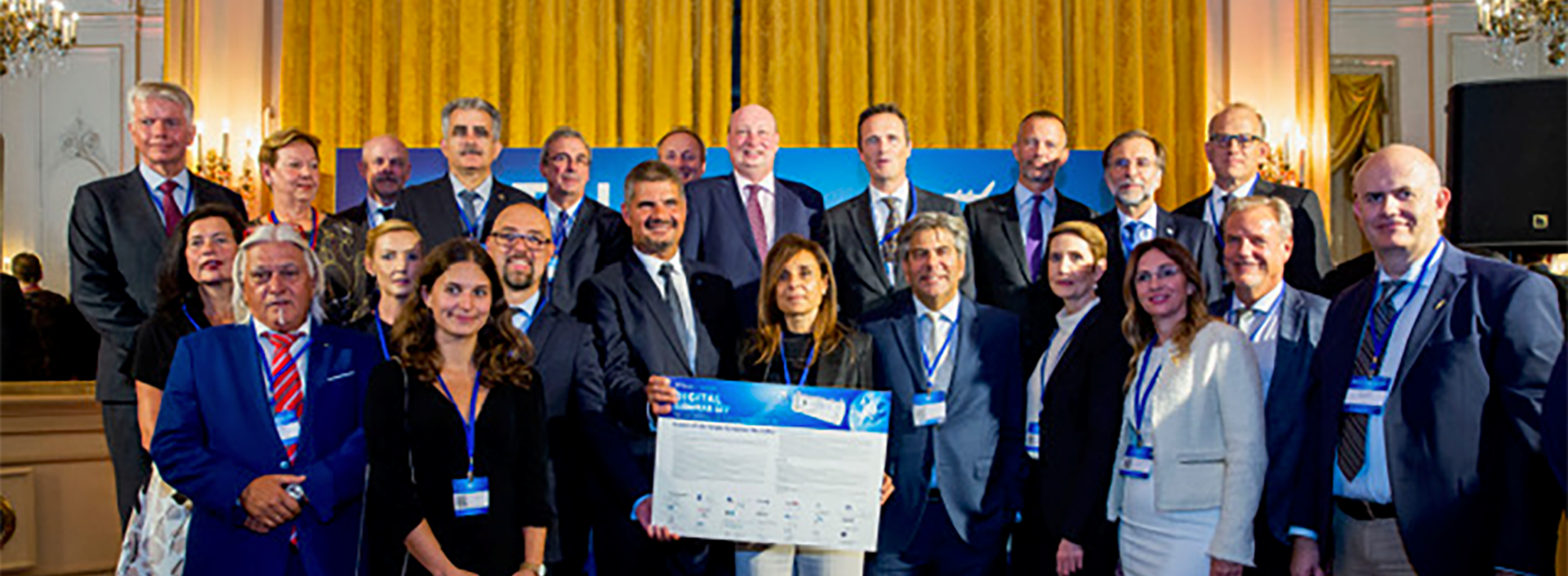CANSO announces five measures to help air navigation service providers manage expected air traffic demand in Europe this summer

The Civil Air Navigation Services Organisation (CANSO) and its Members have announced measures to improve airspace capacity and reduce delays across Europe this summer. The measures include air navigation service providers working better together to re-distribute traffic; taking a more Europe wide rather than national approach to managing traffic; and gaining access to airspace normally reserved for military use.
Following the challenging summer of 2018, where record numbers of flights placed a strain on parts of Europe’s air traffic management network, air navigation service providers (ANSPs) across Europe are stepping up their collaboration in advance of summer 2019. In 2018, European countries saw traffic grow between three and thirteen percent. The unprecedented demand for airspace capacity will persist in 2019. This presents a challenge to an industry where significantly increasing capacity can take a number of years, due to the long time needed to train air traffic controllers, and where the focus in recent years has been on reducing costs while maintaining high safety standards. ANSPs improved cost efficiency 15 percent (unit cost reduction) between 2011 and 2017.
To facilitate the demands of the forthcoming summer, CANSO and its Members, together with the Network Manager, have announced five measures to improve the performance of air navigation services across Europe.
- Collaborative airspace coordination initiative between area control centres that will deliver optimum solutions at network, e.g. regional, level rather than individual ANSP, e.g. country, level
- The flexible use of airspace (FUA) concept allows civil aircraft to use military airspace when the military do not require it. This increases capacity across Europe and requires enhanced civil/military co-ordination. The application of the FUA concept ensures that any airspace segregation is temporary and based on real use for a specified time period
- A more network-orientated approach on the application of air traffic flow management (ATFM) under the umbrella of the Network Manager. ATFM regulations control the flow of air traffic to avoid exceeding airport or air traffic control capacity in handling traffic and to ensure that any available capacity is used
- Creation of three major seamless airspace re-sectorisation projects in three Functional Airspace Blocks: Europe Central, Central-South East Europe and South West Europe are to be developed on the basis of operational requirements
- Industrial actions in some European countries caused air traffic delays in summer 2018. ANSPs are continuing their work with social partners to avoid industrial actions to the largest possible extent. When this is not possible, it is expected that full application of the strike notification procedures will be followed to enable appropriate notification to airspace users, as well as preparing and coordinating the necessary network mitigation measures, to ensure business continuity and the resilience of the system.
CANSO Director Europe Affairs, Tanja Grobotek, said: “CANSO Members are committed to ensuring record traffic levels are managed as efficiently as possible. While ANSPs have a critical role to play in delivering network performance, airports, airlines and other aviation stakeholders all have an equally important role to play in a network-centric approach and it is vital that we work together to make best use of the airspace capacity available.”
Tanja Grobotek concluded, “Looking to the future, it will be important to ensure that the regulatory framework for managing airspace in Europe evolves in a way that encourages and supports greater network-focused behaviours and that, when States develop national performance plans for the next reference periods, they give sufficient consideration to the resources needed to meet growing demands for capacity alongside other performance targets.”



